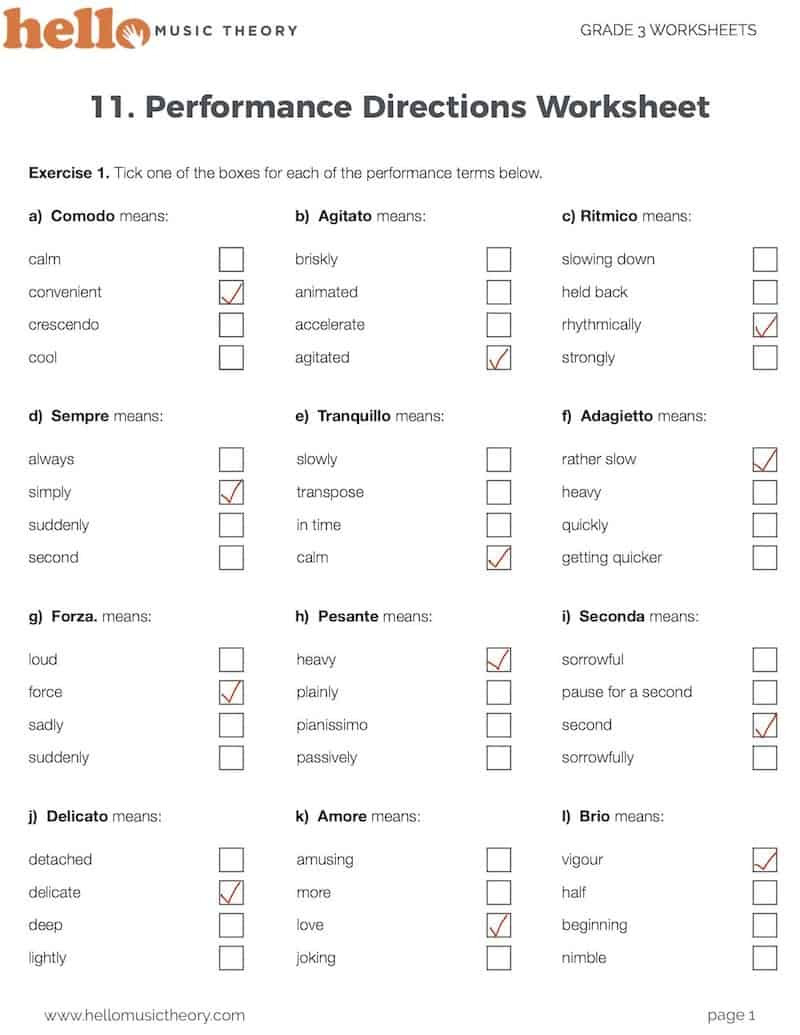
I have taken to drawing stop signs (red circles), holds (red rectangles) and rest signs (R in a circle) to younger children’s music. Seek Out Clapping Songsĭo traditional clapping songs/rhymes to teach basic steady beat to kids–like “Miss Mary Mack, Mack, Mack” or “Have You Ever, Ever, Ever in Your Long-legged Life.” If you’ve forgotten how they go, check out youtube! Once they’re in your head, it’s hard to get them out! Circles and Rectangle Magic For rests and to hold out notes they stop bouncing. I will hold up the student’s book and they will bounce the rhythm on the trampoline. I have used my mini-trampoline to teach rhythm.

Or, have the student lead while you play a piece to their tempo. One member of the group (or the sibling) can lead the rest in playing or guiding the rhythm of the piece, kind of like follow the leader.
#MUSIC MATH USING 16TH NOTES HOW TO#
One way that helps kids “see” the note values is to teach them how to lead music, especially if you’re teaching siblings or a group piano lesson. We keep going until everyone arrives at the destination and celebrate with a snack!. When you make a mistake, that’s were your “train stop” is and we let the next person go. We then build a very long train of cards on the floor and students take turns trying to clap and count them all from beginning to end. Rhythm Train is fun for a group lesson after we have spent time clapping and reviewing rhythm cards (cards with notes and rests of one measure of a given time signature). The teacher has the “key” to the rhythm cards, and when the teacher claps a particular rhythm, the student claps back the rhythm that matches the teacher’s rhythm card. Give 4 to 5 students each a card with a rhythm on it. This engages a different part of the brain, & gives those wiggly boys a chance to move! 🙂 Who Has It?

Then, have your student hop along while you play the song, then vice versa! Jump Again!įor my preschool beginning students, after we talk through the rhythm of a phrase, I have them jump the rhythm as they are looking as the music and we’re counting it out loud together. We hop across the floor on the pattern to help feel the rhythm & notes, or if space is limited, try mini “finger” hopscotches on a regular sheet of paper. Each row of the hopscotch is a note, so a quarter note would be 1 square wide, and half note 2 squares wide, etc. To help enforce different rhythms, I have my students help me build a hopscotch pattern for the song in question. What do YOU do to teach rhythm? You can contribute to this list by adding a comment at the bottom of this post! We sat down and compiled our favorite submissions into the list you’ll find below. When we asked piano teachers to submit their tips and tricks for improving piano student rhythmic understanding and accuracy we just LOVED the creative ideas we received! Thank you to all of the creative teachers who contributed to this list!


 0 kommentar(er)
0 kommentar(er)
